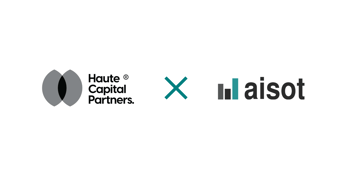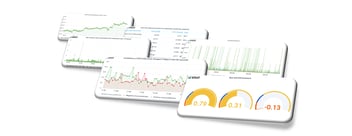The Hidden Dangers of Over-Reliance on Excel: A $92 Million Lesson
In a world where data drives decisions, the tools we use to manage and interpret this data can sometimes lead us astray. The Norwegian sovereign wealth fund's recent $92 million Excel error serves as a stark reminder of the pitfalls of over-reliance on one single source of truth such as Microsoft Excel.

In a routine operation turned nightmare, the Norwegian sovereign wealth fund, one of the world's largest investment entities, fell victim to a simple yet costly Excel blunder. A mistake in date entry led to a significant misvaluation, resulting in a staggering $92 million error. The error was a manual one, made by an employee who mistakenly used the wrong date, December 1st instead of November 1st, which was clearly stated in the fund's mandate for the calculation of its mandated benchmark.
This mistake was not immediately apparent and was only discovered months later by the Ministry of Finance, which noticed that the numbers did not add up. Upon reevaluation, an employee identified the error and promptly reported it to the senior management, acknowledging his responsibility. The error led to a misvaluation in the fund's benchmark composition, specifically causing a marginal overweight in US fixed income relative to global fixed income. This seemingly small discrepancy had outsized financial implications due to the massive scale of the fund's operations. The fund had to adjust its previously reported positive relative return of NOK 118 billion down to NOK 117 billion, reflecting the substantial impact of the error.
The Allure and Limitations of Excel
Excel is ubiquitous in financial and business operations worldwide, prized for its versatility and accessibility. However, this incident highlights its limitations, particularly in handling large-scale, complex calculations without inherent checks for accuracy. The error at the Norwegian sovereign wealth fund was not due to a lack of expertise but rather the inherent risks of manual data entry and management in Excel.
This error serves as a wake-up call for organizations to re-evaluate their sole dependency on Excel for critical financial operations. It prompts a discussion on the importance of implementing more secure, automated systems that can reduce the risk of human error. These systems should be designed with fail-safes and verification processes to detect and prevent such costly mistakes.
In the digital age, the answer to minimizing risks in financial management may lie in technology. Advanced software solutions, equipped with AI and machine learning capabilities, can offer more reliable alternatives to traditional spreadsheet management. These technologies can automatically detect anomalies, validate data against predefined rules, and provide audit trails for every transaction, significantly reducing the potential for error.
Conclusion: A Lesson in Financial Management
The $92 million Excel error by the Norwegian sovereign wealth fund is not just a cautionary tale about the risks of spreadsheet management; it's a lesson in the importance of advancing our financial management tools and processes. As we move forward, embracing technology that offers greater security and reliability will be key to safeguarding against similar mistakes. This incident reminds us that in the realm of financial management, the right tools are not just about efficiency but also about protection and accuracy.



